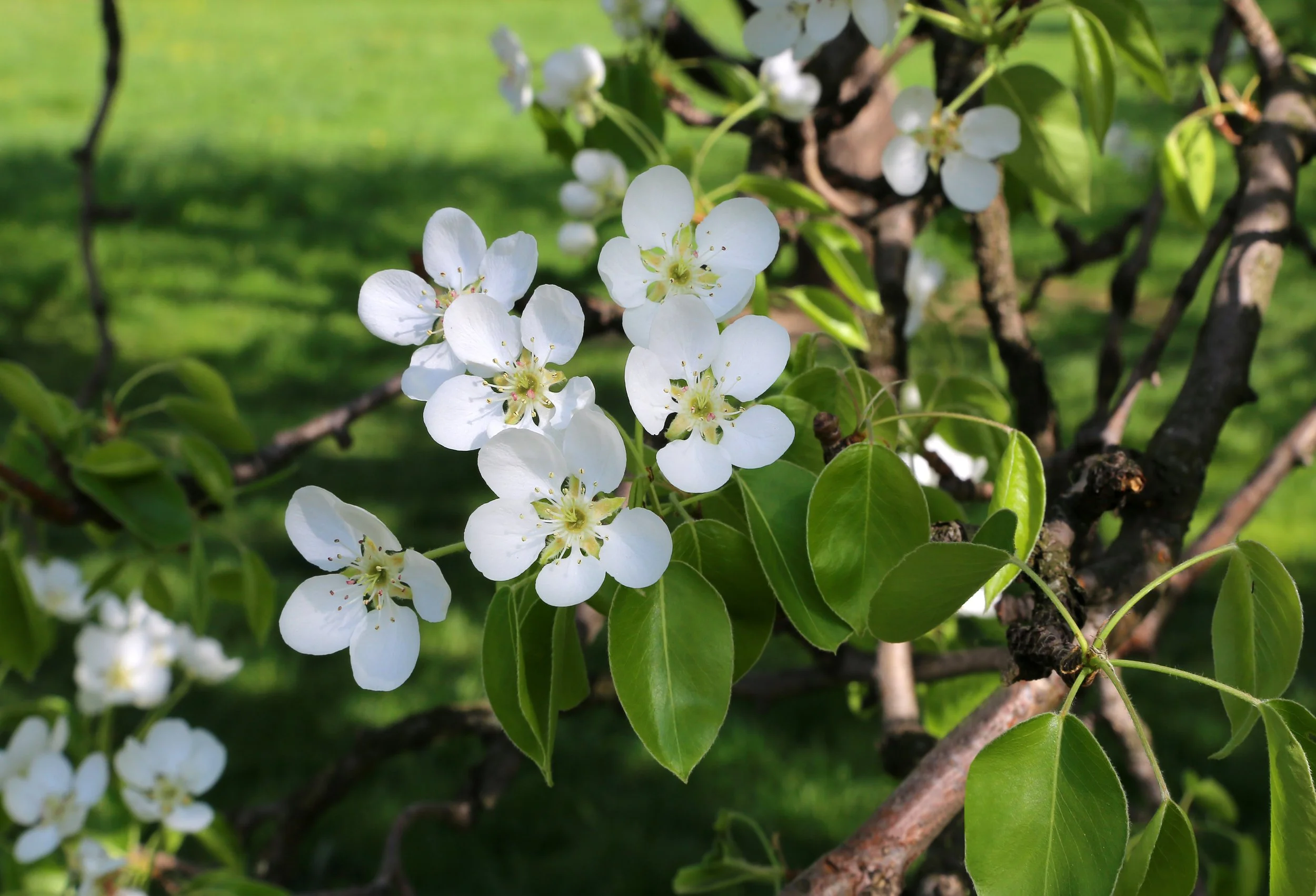Dos and Don’ts When Choosing Flowering Trees
Atlanta, Georgia is one of the best places for flowering trees. Winters are mild, the soil is fertile, and there’s an abundance of rainfall. Who wouldn’t want to welcome spring with a tree filled with pink, red, yellow, purple, or white flowers? There are many trees perfect for your property. However, despite their beauty, there are other trees you really should avoid. Here are some dos and don’ts when it comes to flowering trees.
The right tree in the right place
Even before you buy a tree, you need to decide where you’re going to put it. Arborists such as those at Danilo's Tree and Landscaping can help.
Generally, flowering trees need at least partial sunlight and do best in full sunlight. Most need soil that has good drainage. You’ll also need to assess how many plants and trees you already have growing on your property, how large your new flowering tree is going to get, and whether its eventual size might cause problems. Will it, for example, grow tall enough to interfere with electrical wires or shade out other plants?
Is it in the right zone?
Atlanta lies in the hardiness zones 7, 8a, and 8b. You’ll need to make sure your tree can thrive in these zones. Most flowering trees you find in the nursery or catalog can do very well in a surprisingly wide range of hardiness zones. The beautiful dogwood, for example, flourishes in hardiness zones 2 to 9. However, even with Atlanta’s warm climate, there are trees that like it even hotter. The sensational jacaranda with its bluish-purple blooms prefers zone 10.
Which trees should you avoid?
Besides making sure your tree is put in the right place and is suited for your hardiness zone, you’ll need to make sure it’s not the type of tree that causes problems down the line.
Probably top of the list is the Bradford, or Callery, pear. One of the first trees to burst into bloom in the South, it explodes into delicate white blossoms in late winter, and its leaves turn brilliant scarlet in the fall. It’s also a weed that outcompetes just about everything else that grows near it. Its branches also tend to break, making it a hazard, and it has thorns tough enough to puncture car tires. This lovely tree is so noxious that next-door neighbor South Carolina is banning the sale of it as of 2024.
Another tree to avoid planting is the mimosa, with its pink, feathery blossoms. These trees are found everywhere in the south, and that’s the problem. They don’t live long, their roots can get into your main drain, and they are not disease resistant.
This may surprise you, but the southern magnolia — magnolia grandiflora — is another tree to avoid with its fragrant, saucer-sized white flowers and glossy, leathery leaves. Frankly, it can grow much too large for your yard, and it continually drops leaves, which makes a mess.
To learn more about the dos and don’ts of flowering trees and other home improvement ideas, check out the TheHomeMag’s pages on Facebook and Instagram.

